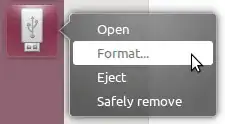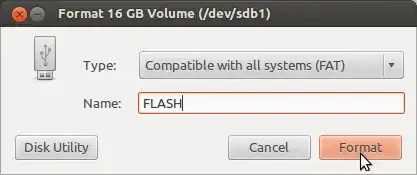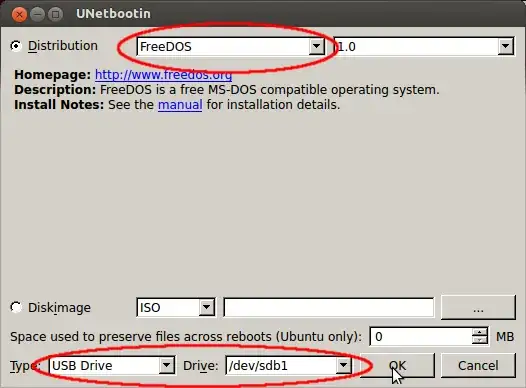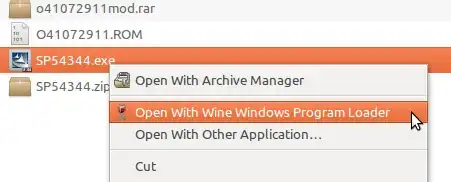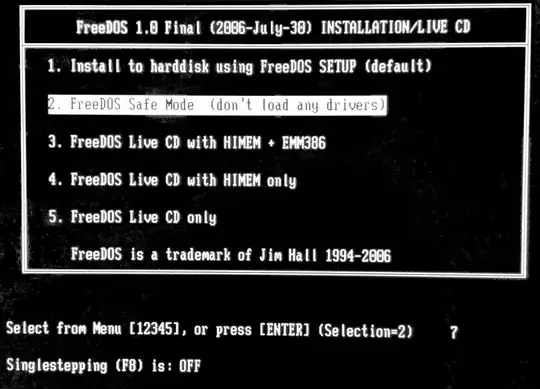The first thing you should do is check whether you've got a partition table on your flash drive. (i.e. /dev/sdX1, not /dev/sdX in your mount output)
This is actually a big deal because some platforms want one and some don't... to the point where I once ran across a script to create a "universal UDF-formatted USB stick" which had to do some trickery to make the stick simultaneously raw and partitioned because the Windows UDF driver wanted it one way and the macOS UDF driver wanted it the other.
I've got an old thin client I stuck a bigger Disk-on-Module into and repurposed as a retro PC and sometimes need to restore a drive image of when I mess things up and it really shows how particular BIOSes are about this.
It doesn't care whether it's booting the UNetbootin-provided FreeDOS or one of the disk images (eg. "PowerQuest Drive Image 2.0 boot disk") from my PXELINUX-based "Apple Internet Restore for BIOS-based PCs" netboot menu. The BIOS's USB storage device support doesn't care if the USB device being exposed is where the boot image came from. If it's going to work, that makes no difference.
The DOS boot environment does care that the USB stick is formatted with a filesystem it can understand (eg. -F16 option for mkfs.vfat unless the boot disk understands FAT32) and it does require that there be an MS-DOS (not GPT) partition table on the USB stick. (I can confirm that UNetbootin-installed FreeDOS also trips over that, and I assume it's a general "If it's not a floppy disk, it needs a partition table" rule.)
If both of those aren't satisfied, then the USB device's contents won't appear at D:.
I don't know what GNOME's libparted frontend looks like but, on Kubuntu, the simplest solution is to launch "KDE Partition Manager", select the flash drive, choose "Device > New Partition Table", select MS-DOS and click OK, then right-click the unallocated space, choose "New", set "File system" to fat16, click OK, and then click the "Apply all pending operations" checkmark.
That should remove the biggest variable in following the other answers to create a bootable USB stick where the boot image can see the contents of the stick.
(I can confirm that, when UNetbootin is installing FreeDOS, it will just quietly accept the lack of a partition table, trusting that you know what you're doing.)
If your BIOS needs it the other way for some reason, the simplest solution for erasing the partition table and directly formatting the device is probably this, where /dev/sdX is the device node you see in your mount output:
sudo sh -c 'umount /dev/sdX && mkfs.vfat -F16 -I /dev/sdX && eject /dev/sdX'
